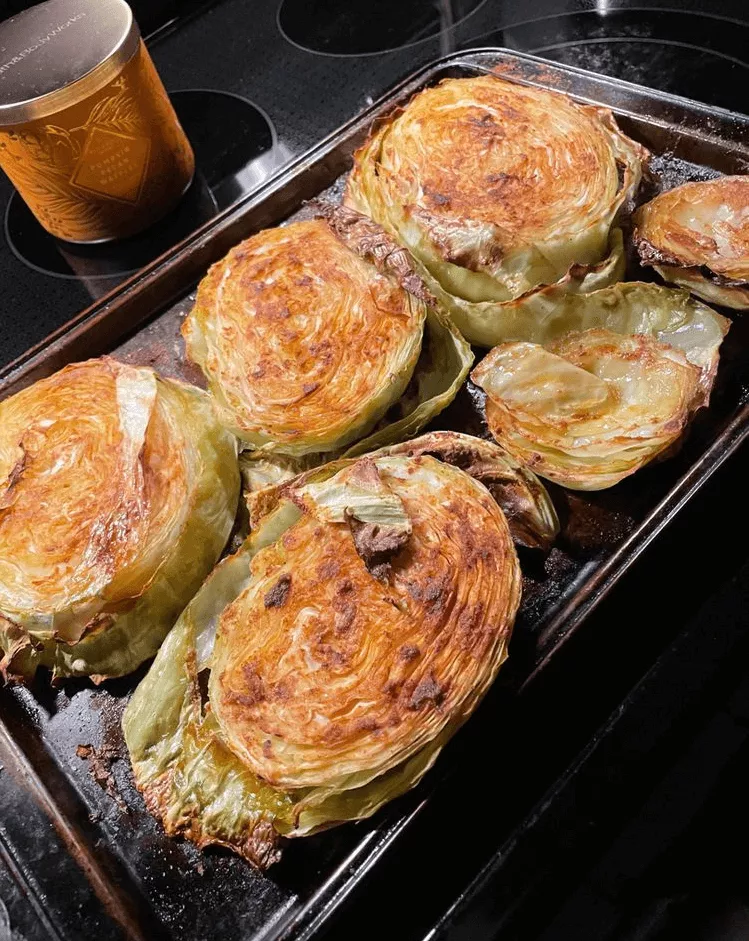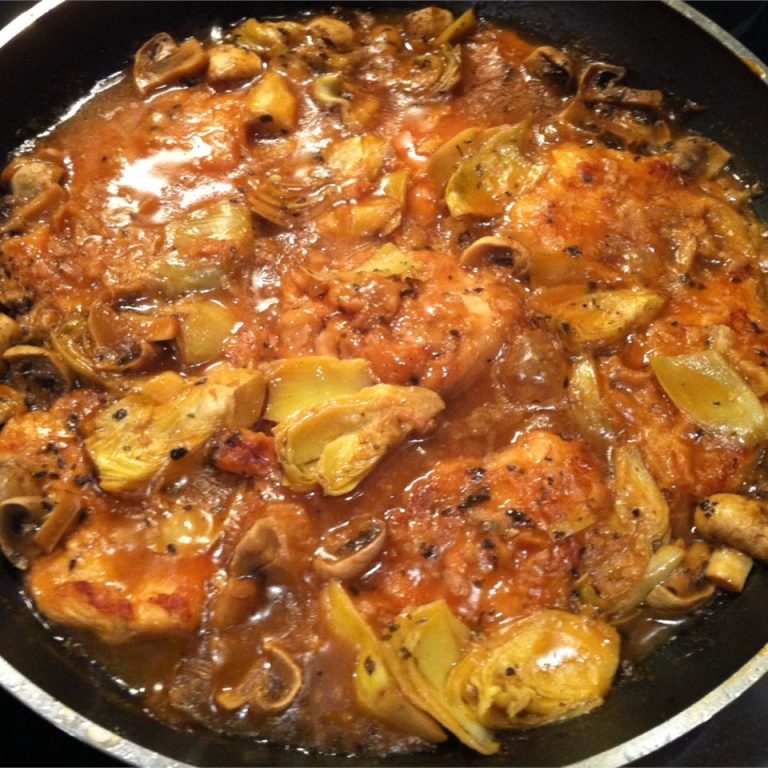Thessaloniki Bagel

Thessaloniki Bagel: My Twist on a Greek Classic
One of my clearest childhood memories is biting into a warm, golden Thessaloniki bagel on a bustling street corner in Greece. The city would be waking up, sunlight sparkling on the Aegean, and the air was thick with the nutty aroma of sesame seeds and the buzz of morning chatter. There’s something magical about starting your day with a crisp, soft, and slightly sweet ringshaped bread—especially straight from the hands of a friendly street vendor. Ever since, making homemade Thessaloniki bagels has been my way of recreating those sensory moments (while sharing a taste of Greece with friends and family). If you’re looking for an authentic, easy Thessaloniki bagel recipe that instantly transports you to sunny mornings abroad, you’ve come to the right place.
Why You’ll Adore This Thessaloniki Bagel Recipe
Let me tell you, there’s so much to love about making your own Thessaloniki bagel:
- It’s Soft and Crunchy All at Once: The magic is in the contrast—tender, airy insides hugged by a perfectly crisp, sesame-crusted exterior (you’ll find yourself reaching for “just one more”).
- Surprisingly Simple: With just a handful of pantry ingredients (think all-purpose flour and yeast), you can bake something truly special, no fancy skills required.
- Open to Customization: Whether you want them sweet, savory, stuffed, or plain, Thessaloniki bagels (aka koulouri Thessalonikis) are endlessly adaptable.
- Perfect for Any Occasion: Breakfast on the go, fancy brunches, afterschool snacks—there’s always room for a freshly baked bagel.
Honestly, just the act of baking these beauties fills my kitchen with warmth (and that unbeatable scent of toasted sesame)!
Ingredients You’ll Need for Thessaloniki Bagel
Ready to bring this Greek bagel home? Here’s your cozy shopping list, with a dash of advice:
- Flour (All-Purpose) – 500g
Go for classic all-purpose. I’ve tried bread flour, but plain flour yields that signature light, slightly chewy crumb. - Dry Yeast – 7g (1 packet)
Instant or active dry will both work. Make sure it’s fresh—yeast that’s past its prime leads to flat, sad bagels. - Water (Warm) – 250ml
Aim for just above body temperature (about 105°F/40°C)—if it feels comfy to your wrist, it’s perfect. - Sugar – 1 tbsp
White sugar is traditional, but try honey for a subtle floral note. - Salt – 1 tsp
Don’t skip this; it brings out the bread’s flavor. - Sesame Seeds – 100g
The star of the show—use fresh, untoasted seeds (they’ll get golden and nutty in the oven).
A few minutes of prep and you’ll be kneading your way to the best homemade Greek bagels ever.
Step-by-Step Guide: Making the Perfect Thessaloniki Bagel
You’ve got your ingredients—so let’s do this, step by step!
- Bloom the Yeast:
In a large bowl, mix the dry yeast, sugar, and warm water. Let it sit for 10 minutes, till the surface gets bubbly and creamy (smells yeasty already!). - Make the Dough:
Add the flour and salt. Mix with a wooden spoon, then knead by hand (or with a stand mixer) for about 10 minutes. You want a smooth, elastic dough—don’t worry if it’s a little sticky. - Let It Rise:
Cover with a towel and set aside in a warm spot for about an hour. Don’t peek! It’ll double in size and feel pillowy soft. - Shape the Rings:
Divide the dough into equal pieces (about palm-sized). Roll each piece into a rope, then twist the ends together to form a ring. It’s okay if they look rustic—imperfection = charm! - Sesame Time:
Quickly dip each ring in water (this makes the sesame seeds stick), then roll them generously in a plate of seeds. Get every nook covered! - Bake:
Lay bagel rings on a parchment-lined tray. Bake in a 200°C/390°F oven for 15–20 minutes, until golden and fragrant. The smell will seriously tease you.
And voilà—fresh Thessaloniki bagels, ready for your favorite spreads (or just devoured plain).
My Secret Tips and Tricks for Thessaloniki Bagel Success
Making authentic Thessaloniki bagels at home can feel daunting, but here’s what I’ve learned:
- Water temperature matters! Too hot? It’ll kill the yeast. Too cold? The dough won’t rise properly.
- Go heavy on the sesame seeds for that truly Greek bakery look (I coat each bagel twice for extra crunch; trust me!).
- Don’t overknead. You want a soft, slightly tacky dough—overworking makes the bread tough.
- Let your oven preheat well. A hot oven ensures a crisp, evenly browned crust (nobody wants pale Greek bagels).
- Add a pan of water to the oven if you love a glossier, crustier finish (the steam makes all the difference).
These little tweaks have made all the difference for my homemade Thessaloniki bagels—hope they help you too!
Creative Variations and Ingredient Swaps
Greek bagels are naturally versatile! Try these savvy swaps and ideas to make them your own:
- Whole Wheat Flour: Substitute half of the all-purpose for whole wheat (adds fiber and a nutty boost).
- Nut Toppings: Swap out sesame for a sprinkle of poppy or sunflower seeds.
- Vegan Version: The base dough is already vegan—just use maple syrup instead of honey if sweetening.
- Cheese-Stuffed: Wrap a chunk of feta or cream cheese inside for a seriously decadent version.
- Sweet Touch: After baking, brush with honey and a dusting of cinnamon for a perfect treat with your coffee.
There’s no wrong way to customize a koulouri Thessalonikis—just follow your cravings!
How to Serve and Store Your Thessaloniki Bagel
Wondering how to serve and keep your Greek bagels at their best? Here’s what I recommend:
Serving Suggestions:
- Slather with butter, fruity jam, or tahini.
- Slice your bagel open and stuff with goat cheese, tomatoes, olives…total café vibes.
- Pair with Greek yogurt and honey for a breakfast that actually gets you out of bed.
Storing Leftovers:
- Store in an airtight container for up to 3 days.
- To re-crisp, pop in a medium oven for a few minutes.
- Freeze baked bagels individually—just reheat from frozen for instant comfort food.
Fresh or toasted, homemade Thessaloniki bagels are the gift that keeps on giving.
FAQs: Your Top Questions About Thessaloniki Bagel Answered
Q: Can I make Thessaloniki bagels ahead of time?
Absolutely. Mix and shape the dough the night before, cover tightly, and refrigerate. Bring to room temp and bake in the morning for the freshest bagels.
Q: My bagels didn’t rise enough—what went wrong?
Usually, this means your yeast was inactive or the water was too cold (or hot). Double check your yeast’s expiration and let dough rise somewhere warm.
Q: Are Thessaloniki bagels gluten-free?
Traditional koulouri bagels are made with wheat flour, so not naturally gluten-free. But you can experiment with a gluten-free flour blend—just expect a slightly different (but still delicious) texture.
Q: What makes Thessaloniki bagels different from regular bagels?
Greek bagels aren’t boiled before baking and are lighter, more airy, and covered in a thick layer of sesame seeds—seriously addictive!
Q: Can I add other toppings besides sesame?
For sure! Try poppy seeds, za’atar, nigella seeds, or even shredded cheese for a creative twist on this classic Greek bagel recipe.
There’s something timeless and soothing about baking Thessaloniki bagels from scratch. I hope you get to experience that same joy—filling your home (and heart) with the simple pleasure of sharing warm bread with people you love. If you try this recipe or have any questions, leave a note below—I’d love to hear how your Greek bagels turn out!
Thessaloniki Bagel
Ingredients
Dough Ingredients
- 500 g Flour (All-Purpose) Use classic all-purpose flour for the best texture.
- 7 g Dry Yeast Instant or active dry yeast works; ensure it's fresh.
- 250 ml Water (Warm) Warm water, about 105°F/40°C.
- 1 tbsp Sugar White sugar is traditional; honey is a good alternative.
- 1 tsp Salt Essential for flavor.
Topping Ingredients
- 100 g Sesame Seeds Use fresh, untoasted seeds.
Instructions
Preparation
- In a large bowl, mix the dry yeast, sugar, and warm water. Let it sit for 10 minutes until the surface becomes bubbly.
- Add flour and salt. Mix with a wooden spoon, then knead by hand or use a stand mixer for about 10 minutes until a smooth, elastic dough forms.
- Cover the dough with a towel and let it rise in a warm spot for about 1 hour until it doubles in size.
Shaping and Baking
- Divide the dough into equal pieces and roll each piece into a rope, twisting the ends together to form rings.
- Dip each ring in water and roll generously in sesame seeds until fully coated.
- Place bagel rings on a parchment-lined tray and bake in a preheated oven at 200°C/390°F for 15-20 minutes until golden.
Serving
- Serve warm, with butter, jam, or sliced and stuffed with your favorite spreads.






